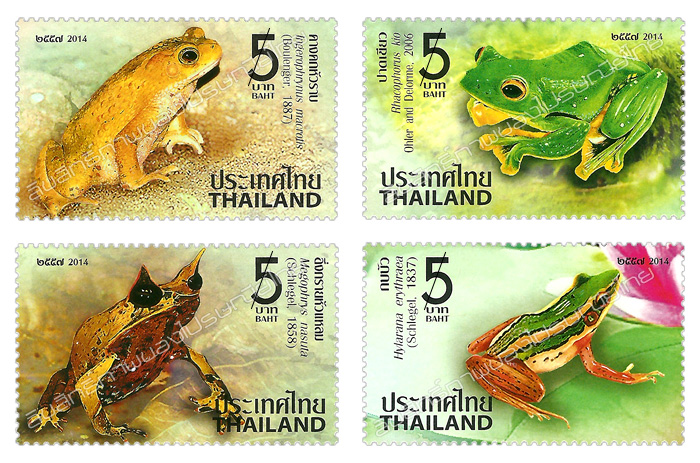With the world in the middle of what scientists are calling a sixth mass extinction, it appears that amphibians are being hit the hardest. Amphibian populations are declining at such an astonishing rate that a number of organizations are calling for immediate help. According to Save the Frogs, frog populations have been declining worldwide at unprecedented rates. Currently, almost one-third of the world’s amphibian species are threatened with extinction. The majority of the declines in population happening within the last 20 years. NZFrog, a frog conservation effort, notes that scientists have been studying the decline of amphibians over the years. However, instead of studying declines, scientists are now watching as these animals become extinct. “We have now moved into the phase of amphibian extinctions rather than studying amphibian declines and 32% of all amphibians are threatened with extinction. When a whole group of a particular type of animal starts to disappear then we need to worry. Amphibians play an essential part in the food web of life as top insectivores and prey to many other animals, and if you remove this important link then one can only guess about the ramifications, but there is no doubt that they will be serious.”
The information regarding an impending amphibian extinction is not new. In fact, The Telegraph noted back in 2008 that over half of Europe’s amphibian species could be extinct by 2050. Naturalist Sir David Attenborough noted at that time that amphibians are the “lifeblood” of the environment and could have devastating effects all around should we be unable to save these dying species.
“Amphibians are the lifeblood of many environments, playing key roles in the functions of ecosystems, and it is both extraordinary and terrifying that in just a few decades the world could lose half of all these species.”
So what is causing the rapid decline in amphibian species? Save the Frogs says “amphibian populations are faced with an array of environmental problems, including pollution, infectious diseases, habitat loss, invasive species, climate change, and over-harvesting for the pet and food trades.” Scientists have noted that a fungus called Chytridiomycosis is to blame for a number of amphibian extinctions.
“First identified in 1998, this potentially lethal skin disease is caused by the chytrid fungus Batrachochytrium dendrobatidis, which has been detected on at least 287 species of amphibians from 36 countries. Chytridiomycosis has caused amphibian population declines in Australia, South America, North America, Central America, New Zealand, Europe, and Africa, and is likely responsible for over 100 species extinctions since the 1970’s.”
Some scientists believe that amphibians are more susceptible to the fungus due to weakened immune systems from local pollutants. Therefore, the issues surrounding the decline of amphibians is multi-fold. If left unchecked, the consequences could be devastating and amphibians could be a thing of the past.
Read more at http://www.inquisitr.com/1718925/no-more-amphibians-amphibian-extinctio…

- Log in to post comments
